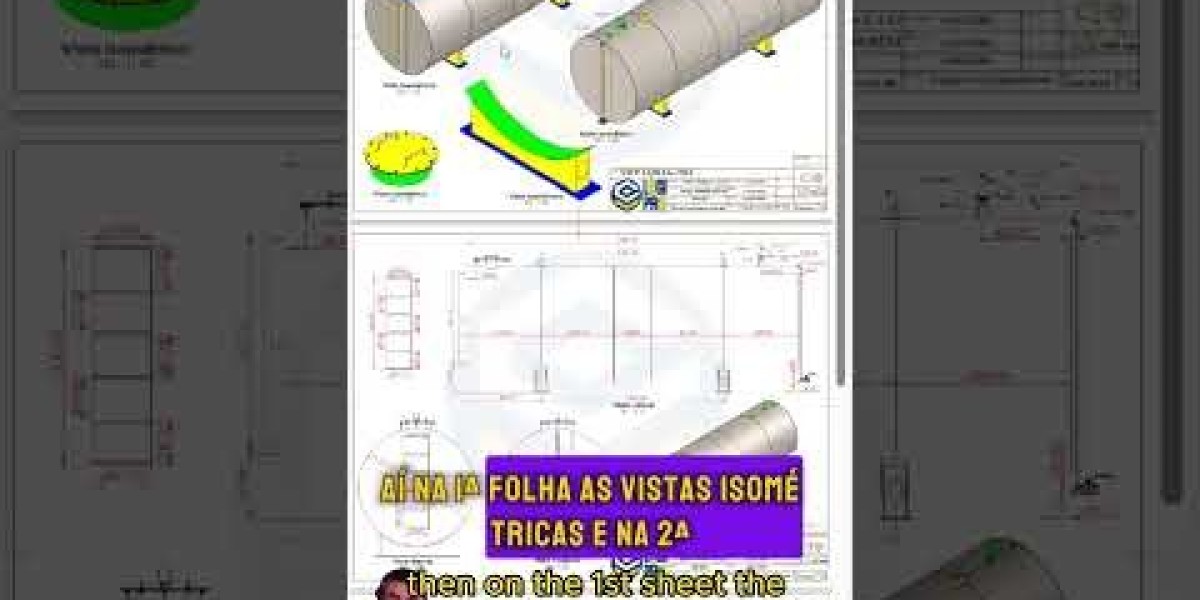Cutting tools are an essential part of many industries, from manufacturing and construction to DIY projects and metalworking. Whether you're cutting through wood, metal, plastic, or other materials, selecting the right cutting tool is crucial for precision, efficiency, and safety. In this blog, we will explore the different types of cutting tools, their uses, and tips on choosing the best one for your specific needs.
What Are Cutting Tools?
Cutting tools are tools used to remove material from a workpiece through shear deformation, typically by applying force in the form of pressure or rotation. These tools are designed to shape, cut, and finish materials into specific sizes or forms. Depending on the material being cut, different cutting tools are required to achieve the desired results.
Types of Cutting Tools
Cutting tools come in various shapes and sizes, each suited to a particular material or application. Here's a rundown of the most commonly used types:
1. Handheld Cutting Tools
These are versatile tools used in a wide range of applications, especially for small or detailed jobs.
Utility Knives: Ideal for cutting through softer materials like cardboard, plastics, and fabrics. The blades are replaceable and come in various sizes.
Scissors and Shears: Used for cutting paper, fabric, thin plastic, or metal sheeting. The key difference between scissors and shears is their design—shears have larger handles and are better for thicker materials.
Hacksaws: A type of saw with a fine-toothed blade, used for cutting through metal pipes, plastic, and other small-diameter materials. They are portable and efficient for quick cuts.
2. Power Saws
Power saws are motorized tools used for cutting materials more efficiently than handheld tools. There are various types of power saws, each designed for different cutting tasks.
Circular Saws: Equipped with a toothed circular blade, this versatile saw can cut through wood, metal, and plastic. It’s commonly used in woodworking, construction, and demolition.
Jigsaws: A handheld saw that uses a reciprocating blade to cut curves and intricate patterns in wood, metal, and plastic. Jigsaws are perfect for detailed cuts and are used in carpentry and DIY projects.
Reciprocating Saws (Sawzalls): With a back-and-forth motion, reciprocating saws are ideal for demolition work, cutting through wood, metal, and piping. These saws are designed for heavy-duty tasks and are great for quick, rough cuts.
3. Rotary Tools
Rotary tools, like Dremel, are small, high-speed tools used for precision cutting, grinding, polishing, and engraving. These tools are highly versatile and can be fitted with different attachments to perform various tasks.
Rotary Cutters: Small, disc-shaped blades that rotate at high speed to make cuts in plastic, metal, or wood. They are often used for small, detailed tasks like engraving or cutting through thin materials.
Die Grinders: These are tools used for grinding and polishing, often equipped with various attachments for different materials. Die grinders are commonly used in automotive, metalworking, and fabrication industries.
4. Cutting Shears and Snips
These tools are designed to cut through sheet metal, wires, and other thin materials.
Aviation Snips: Often used for cutting through sheet metal, aviation snips have curved blades that allow the user to cut straight lines or curves with ease.
Tin Snips: Also known as sheet metal snips, these are used to cut through thin sheets of metal. They come in various shapes for cutting straight or curved lines.
5. CNC Cutting Tools
In industrial settings, Computer Numerical Control (CNC) machines use cutting tools that are controlled by a computer program for high-precision, automated cutting.
End Mills: Common in milling operations, end mills are cutting tools used in CNC machines to carve out material from a workpiece. They come in various shapes and sizes for different types of cuts.
Drill Bits: CNC machines use drill bits for creating holes in materials. These tools are available in many types and sizes depending on the material being drilled and the hole’s diameter.
6. Laser Cutting Tools
Laser cutting tools use a focused laser beam to cut through materials with precision. The beam melts, burns, or vaporizes the material along the cutting path. Laser cutters are highly accurate and can cut through metals, plastics, wood, and other materials. They are commonly used in manufacturing and industrial applications for cutting intricate designs.
7. Plasma Cutters
Plasma cutting tools use high-temperature plasma to cut through electrically conductive materials like steel, aluminum, and copper. Plasma cutters are efficient and ideal for cutting thick metal plates, with high-speed performance that makes them popular in the automotive and construction industries.
8. Waterjet Cutters
Waterjet cutters use a high-pressure stream of water mixed with abrasives to cut through materials. These tools can cut through a wide variety of materials, including metals, ceramics, glass, and plastics. Waterjet cutting is ideal for precision cutting without generating heat, making it useful for materials that can be damaged by high temperatures.
Choosing the Right Cutting Tool for Your Project
Choosing the right cutting tool depends on several factors, including the material you're working with, the complexity of the cut, and the precision required. Here are some tips to help you make the best choice:
Material Type: Different cutting tools are designed for specific materials. For example, metal cutting requires tools like saws, shears, or CNC machines, while wood may require a circular saw, jigsaw, or table saw.
Cutting Precision: If you need to make intricate, precise cuts, you may want to use a tool like a jigsaw, rotary tool, or laser cutter. For rough cuts, a reciprocating saw or power saw will be more efficient.
Tool Power: Power tools, such as circular saws, jigsaws, and CNC machines, provide greater cutting speed and efficiency for larger projects. Handheld tools like utility knives or manual shears are more suited for smaller, more detailed tasks.
Cutting Speed: Some tools, like plasma cutters and waterjet cutters, provide fast cutting speeds, making them ideal for industrial applications. Hand tools tend to be slower but provide more control and precision for detailed cuts.
Safety: Always prioritize safety when selecting cutting tools. Protective gear, such as gloves, goggles, and ear protection, should be used when working with power tools. Ensure you're familiar with the operation and maintenance of your cutting tools to prevent accidents.
Conclusion
Cutting tools are integral to many industries and DIY projects, and understanding the different types and their uses can make a significant difference in the outcome of your work. Whether you're cutting wood, metal, plastic, or stone, selecting the right cutting tool for the job is essential for efficiency, precision, and safety.
From handheld tools to advanced CNC and laser cutting machines, there is a cutting tool designed for virtually every material and application. By carefully considering the type of material, the level of precision required, and the scale of your project, you can make an informed decision and achieve excellent results.



